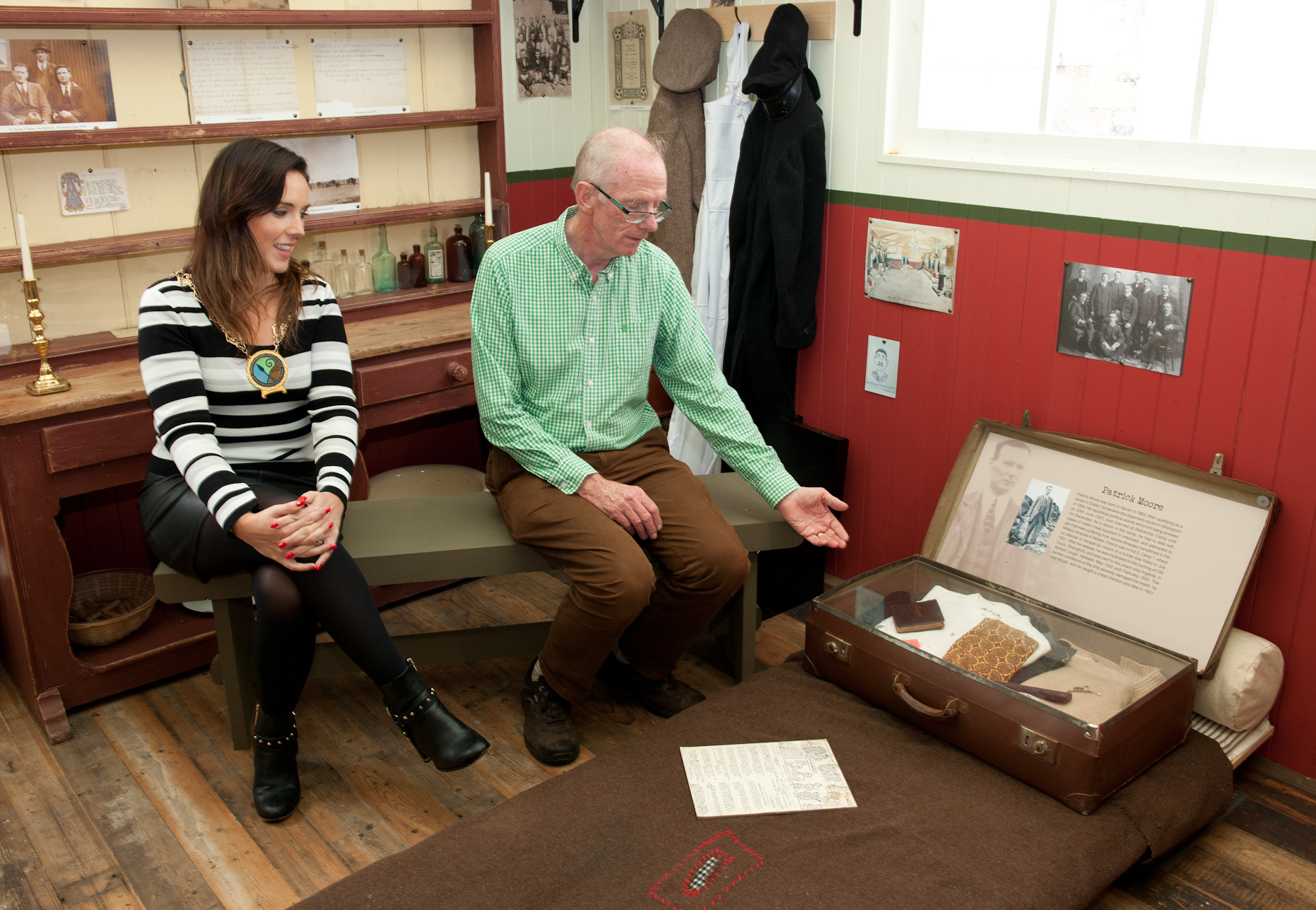The EU-funded Ballykinlar History Hut project reveals the role a modest timber-frame dwelling played in the 20th century’s greatest upheavals, and tells the stories of some of the people who, for a time, lived in them. The project preserves an important part of Northern Ireland’s history and culture.
Ballykinlar History Hut project allows for a personal glimpse into Northern Ireland’s wartime past
- 25 January 2022
“The diverse stories of extraordinary men and women have been told inside the Ballykinlar History Hut, and I am sure they will be of interest to people all over the world, including citizens of the USA, Germany, Malta, Hungary and Belgium. The hut will be an important new tourist destination for the district.”
Armstrong huts were originally built at Ballykinlar, a village in County Down, 12 km from Downpatrick, at the outbreak of World War I. They were part of the largest building project in British military history. Measuring 18 m x 6 m, they were made from timber frames covered in galvanised iron sheets.
The huts at the Ballykinlar camp were demolished in 2013. For this project, one of them was studied and an exact replica built in the courtyard of the Down County Museum, in Downpatrick, in 2019.
Remembering their stories
The interior was fitted out with furniture, artefacts, keepsakes, letters, and other items that belonged to some of the occupants.
Photos of the inhabitants and texts that tell their stories complete the exhibition. The hut is divided into four periods: World War I, Irish War of Independence, inter-war, and World War II, allowing visitors to journey back in time.
One of those interned at the Ballykinlar camp during the Irish War of Independence was Michael Phelan (1899-1953). He was the uncle of Ramon Estevez, better known as Hollywood actor Martin Sheen.
The hut can be visited virtually. The 3D model was designed by the Centre for Data Digitisation and Analysis, at the School of Natural and Built Environment, Queen’s University Belfast.
The museum itself served as a prison from 1796-1830 and a barracks from 1840-1946, housing inmates and soldiers in similar Armstrong huts.
The History Hut project was funded as part of the PEACE IV Programme, created by the EU in 1995 to support economic development, peace and reconciliation in Northern Ireland. PEACE IV was succeeded by the PEACE PLUS Programme for the 2021-2027 period, and is managed by the Special EU Programmes Body.
Through two world wars
At Ballykinlar, the huts housed volunteers for Herbert Kitchener’s New Army, who fought in France in 1915. The camp built at Ballykinlar had hundreds of such huts.
In 1920, the huts formed part of the first large-scale internment camp during the Irish War of Independence. Up to 2 000 men, 25 to a hut, lived in the camp for about a year.
During the World War I, the camp served as a training ground and a rehabilitation centre for injured soldiers.
At the start of World War II, families from Malta fleeing German bombing raids were accommodated at Ballykinlar. By then, the camp had been expanded to include a vehicle workshop, married quarters, and a primary school for the children of soldiers.
During the war, Ballykinlar became a staging post for troops on their way to fight in Europe and North Africa.
Total investment and EU funding
Total investment for the project “Ballykinlar History Hut” is GBP 200 000 (EUR 238 871), with the EU’s European Regional Development Fund contributing GBP 127 500 (EUR 152 277) through the “Ireland-United Kingdom (PEACE)” Cooperation Programme for the 2014-2020 programming period”.

